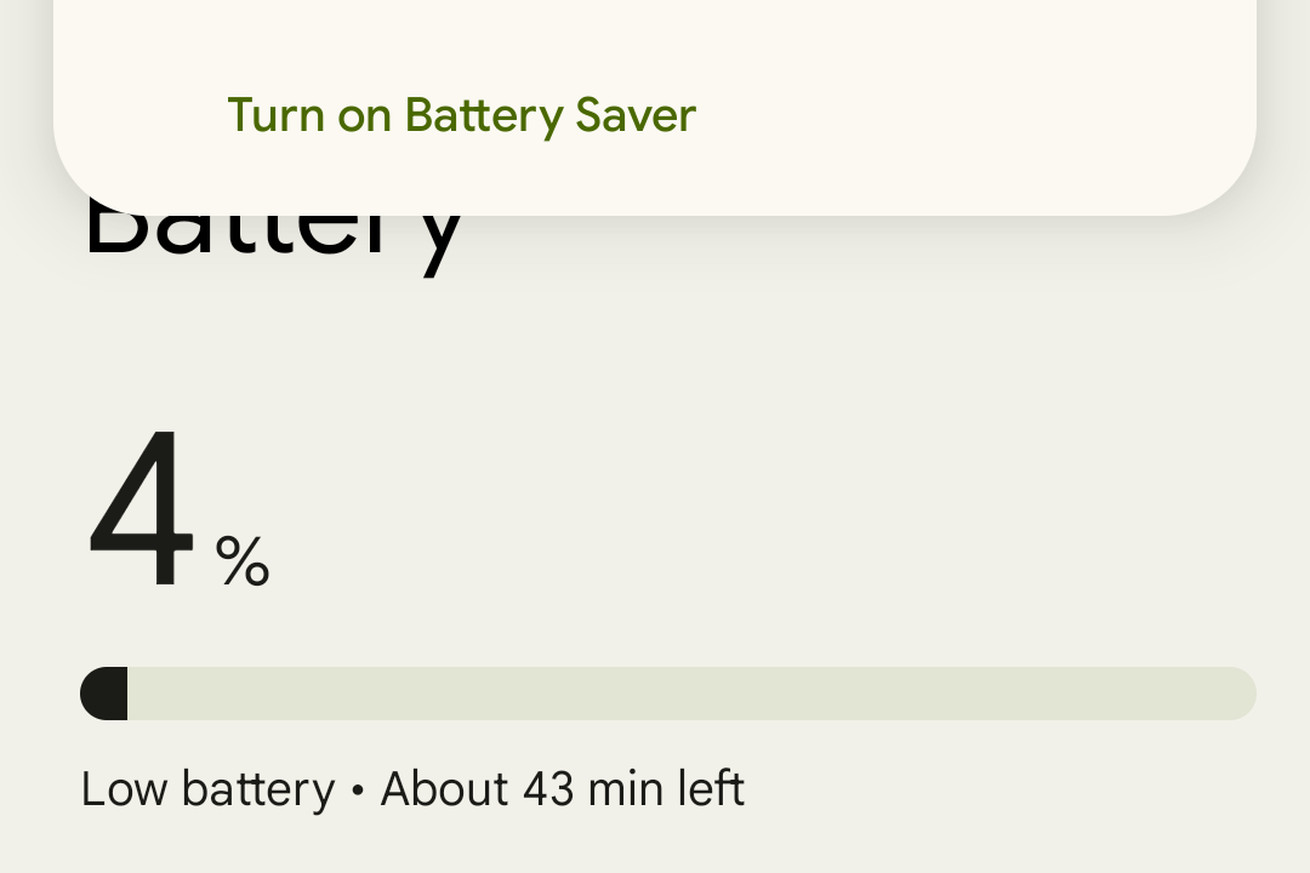
Easily replaceable phone batteries might be back, and I’m here for it
The other day, I was going through a bag full of old tech — I mean, really old tech — trying to convince myself to finally get rid of phones that I hadn’t used for 10 years or so when I came across a battery. One of the batteries that I used to carry around in case my phone ran out of juice.
You see, once upon a time, smartphones had replaceable batteries. Instead of having to carry around a portable charger or search desperately for a wall socket so you could charge up your failing phone (assuming you had a power cord with you), you could pull off the back of your phone, replace the out-of-power battery with a fully charged one, and proceed happily on your way.
However, at some point, manufacturers (and, perhaps, most consumers) decided that they wanted their smartphones as light and slim as possible — so slim that there was no room for a battery that wasn’t glued into place. They also wanted to add water and dust resistance, and that’s a lot harder to accomplish with a device that easily opens. So slowly but surely, the replaceable battery disappeared, and we all learned to carry around chargers or cords for just-in-case scenarios (especially if your phone’s battery was starting to age).
I have to admit that the first time I bought a phone without a replaceable battery, I felt a little peeved. It was probably akin to what a music enthusiast feels purchasing a phone with great audio but without an audio jack — you can adjust to the change, but you wish you didn’t have to.
Now, however, there’s a chance that one day, I may be able to adjust back. Back in 2020, there was a proposal by the European Parliament for new laws concerning the regulations of batteries, which included a clause that demanded “Portable batteries incorporated in appliances shall be readily removable and replaceable by the end-user or by independent operators during the lifetime of the appliance.” (Other regulations concerned batteries for various vehicles and industries.) In September 2022, the EU reached a provisional agreement to move forward with those laws. And on June 14th, 2023, the European Parliament approved it, sending out a press release explaining that portable batteries must be designed “in such a way that consumers can themselves easily remove and replace them” (emphasis theirs).
Huh.
There have been points raised about the interpretation of the phrase “readily removable and replaceable”
A final vote is still upcoming, but considering that this month’s approval was passed with 587 votes in favor, nine against, and 20 abstentions, I would say that this is pretty much a done deal. The part about batteries being replaceable goes into force three and a half years after the final vote.
What this means is that, in a few short years, any phone sold in Europe will have to be designed so that its battery can be replaced by the person who owns it. And that any manufacturer who does business in Europe will have to decide whether they want to create completely different phone models to fit that market — or come up with phones that can be sold in other parts of the world as well. Like the US.
Since this news hit, there has been a lot of discussion about the exact interpretation of the phrase “readily removable and replaceable.” Kevin Purdy makes some good points in his Ars Technica article in which he notes that batteries are actually replaceable now if you have the know-how (and courage) to get through the adhesives holding your phone together and holding your battery into the phone. Of course, it’s a little hard to argue that this would qualify as “readily removable” by the typical user. But what does? Using specialized instruments to get at the battery — so that “replaceable” means putting in a new, semi-permanent battery? Simply unscrewing the back of the phone? Or going back to the way it was and just prying it out with your fingernail?
I have to admit that I’m very curious as to how this will pan out. Odds are, it will probably look different than the replaceable batteries we had 15 years ago. It’s more likely to be about extending the longevity of your device, not getting a few extra hours of use before needing to recharge. Still, I like to daydream about once again being able to shrug and swap a battery in under a minute when my phone is running low on power. I could get used to that again.

